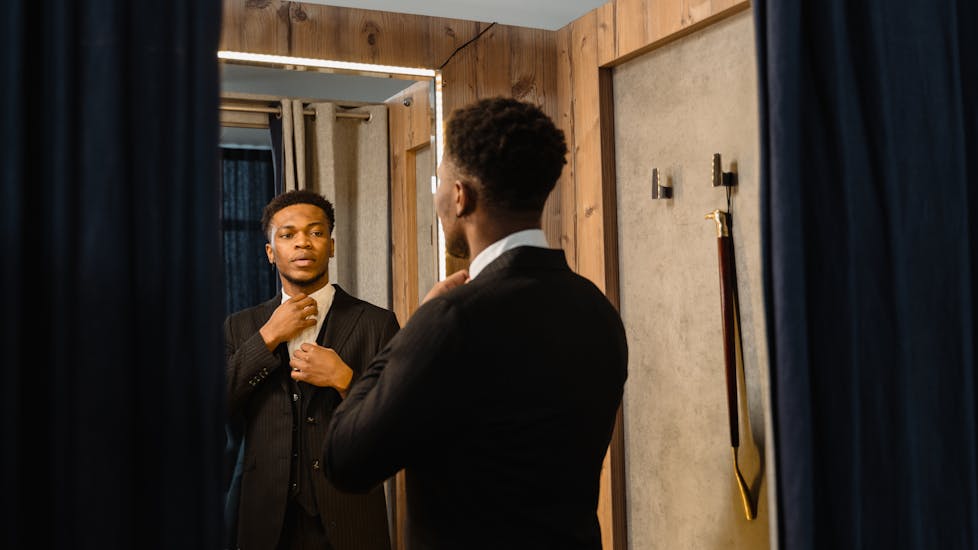Clothing is more than just fabric; it is a silent communicator. Before a word is spoken, the way someone dresses influences how they are perceived. In professional and social settings, attire can express confidence, status, and personality. The transition from formal meetings to casual gatherings does not mean letting go of style—it means adapting it to fit the occasion while maintaining an air of sophistication.
The Power of Dressing Well
A sharp appearance can open doors in both business and personal interactions. People often judge professionalism and competence based on attire. A well-cut outfit, such as a men’s tailored suit, instantly conveys confidence and attention to detail. Whether in a boardroom presenting to executives or having a drink with colleagues after work, the way someone dresses plays a role in how they are treated.
Dressing well is not about being overdressed—it is about dressing appropriately. The ability to shift from corporate meetings to casual settings without looking out of place shows a strong understanding of style. A tailored look can be adapted for both settings, allowing for a seamless transition between work and social events.
Adapting Style for Different Settings
Moving from a formal business environment to a relaxed social scene does not mean a complete wardrobe change. Instead, small adjustments can make a significant difference. A men’s tailored suit, when paired with a crisp shirt and polished shoes, fits perfectly in a corporate setting. But with a slight change—such as removing the tie or swapping formal shoes for a sleek pair of loafers—the same outfit can work effortlessly in a bar or a dinner event.
Smart dressing is about balance. Looking professional without being overly rigid creates a more approachable presence. This is especially useful in networking situations where first impressions matter. Those who can effortlessly adjust their appearance while maintaining a refined look often stand out in a positive way.
Confidence Through Clothing
Dressing well not only affects how others perceive a person but also influences how they feel about themselves. The right outfit can boost confidence, making social interactions smoother and more enjoyable. A well-fitted ensemble, such as a bespoke suit, enhances posture and presence, allowing the wearer to feel more self-assured in any environment.
Clothing choices reflect personality. A man who pays attention to his style sends a message that he values himself and the people he interacts with. This level of self-awareness is often associated with success, whether in business or personal relationships.
The Lasting Impression of Effortless Style
Some people have a natural ability to dress well without looking like they have put in too much effort. This is not luck—it is an understanding of what works best for them. Investing in high-quality clothing, such as custom-fitted pieces, ensures a look that is both comfortable and stylish. When clothes fit well and suit the occasion, they enhance rather than overpower the person wearing them.
A strong sense of style goes beyond following trends. It is about consistency, knowing what works, and being prepared for different situations. Those who master this find that they command attention in the right way—without needing to say a word.
Conclusion
Dressing for success does not stop at the office door. A refined appearance remains important in social settings, where first impressions still matter. The ability to transition from boardroom to bar with ease is a skill that goes beyond fashion—it is about confidence, self-awareness, and understanding the power of presentation. Whether in structured business wear or a relaxed yet polished outfit, the message remains the same: style speaks before words do.









